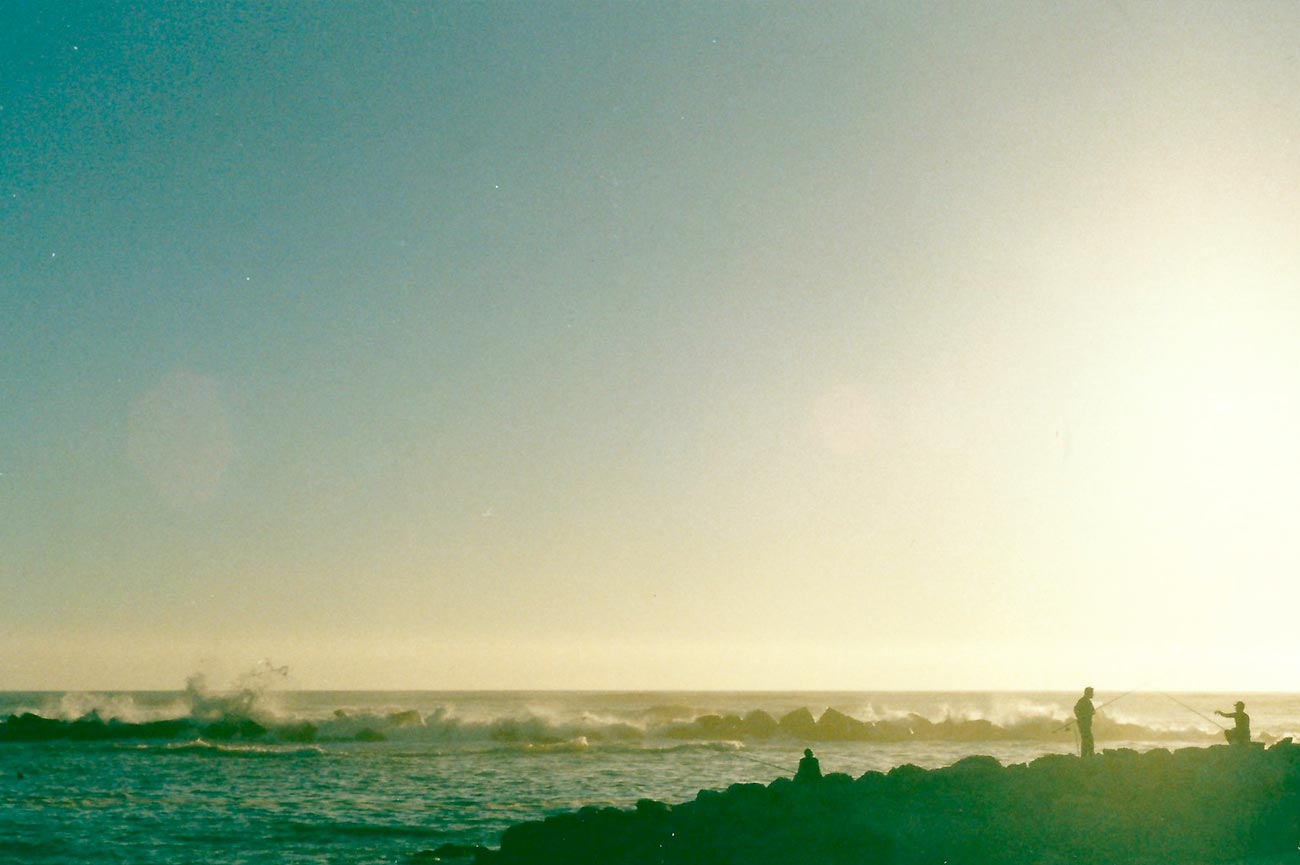How Film Speed Affects Exposure and Grain of your Film Photography

Photo by Akio Takemoto. Licensed under CC BY-SA 2.0
Film speed is the major marker between differences in film types. Speed will work along side the aperture and shutter speed of a film camera to determine length of exposure for successful basic photography tips. The speed is determined with a calibration number that can be used to compare different films. This number essentially describes how fast the film can capture an image when exposed to minimal light. This number is commonly referred to as the International Organization for Standardization (ISO). You may also hear this number being called the American Standards Association (ASA). The ISO film speed can range anywhere from 1 to over 32,000. For some beginner photography tips regarding film speed, read on to discover which speed is right for the conditions you plan on photographing in.
Slow Speed Film Photography Tips
Film with an ISO of less than 200 or so will qualify as slow speed film. This requires plenty of light and is normally recommended for clear, sunny days. The grains of light sensitive material in the film are very small and work well for creating large prints from the small negative. This basic photography technique works well for shallow depth of field as a slow shutter speed and open aperture can be effectively used in bright conditions. And with more light needed for exposures, slow speed film appears to have more contrast than other film types.
Fast Speed Film Guide to Photography
Photo film with an ISO around 400 will have a larger grain size in the light sensitive material when compared to slow film. This will, of course, require less light for a proper exposure and may result in visible grain on your photographic prints. Motion blur is minimized and often yields a great depth of field as shutter speeds are faster and the aperture remains somewhat closed. On a typical sunny day, the average shutter speed and f-stop will likely be around mid-point, 1/500 speed at f16. This film will also give good results on a cloudy day.
High Speed Film Photography Guide
High speed film will have an ISO larger than 800. The speed of this film requires minimal light to make an exposure and may be useless in sunny conditions. The bright light of a sunny day will require very fast shutter speeds and apertures that will only result in frozen motion and great depth of field. However, the film is utilized mostly for indoor activities – particularly fast moving activities such as sports. But due to typical low lighting conditions, the contrast will be minimal and the grain will be most evident.
Before anything else, once film is loaded into your 35mm camera, you must set the film speed ring on the top of your camera. Alternatively, if you are using a handheld light meter, you must specify the speed on the meter. After that, you are free to start shooting with basic photography techniques such as night photography and winter photography. Read more about setting your camera for different film speeds in the film settings page.

















